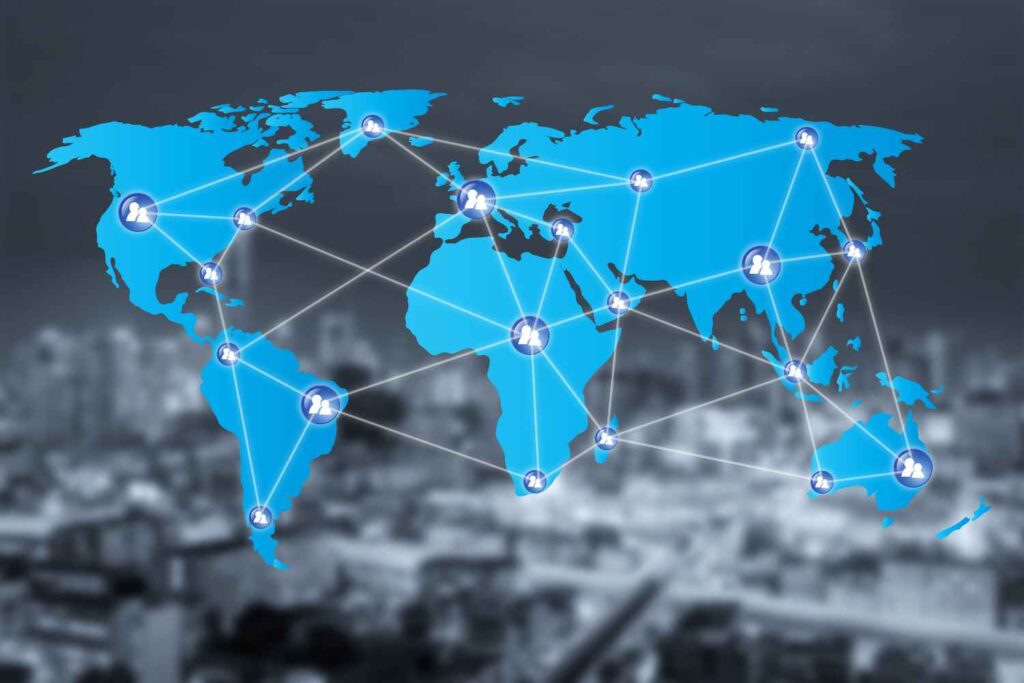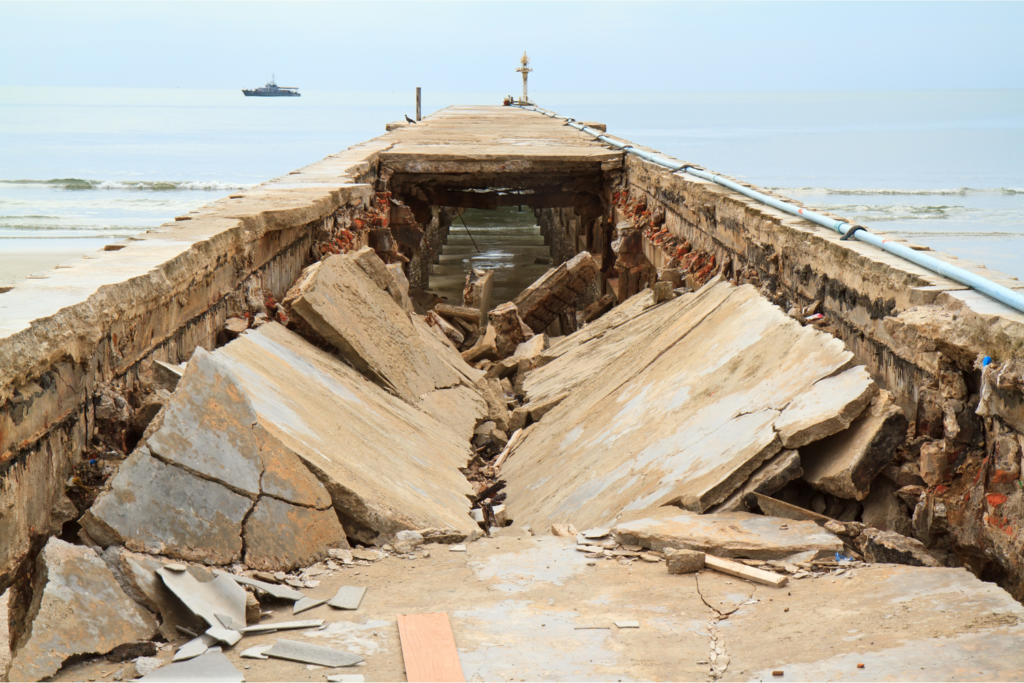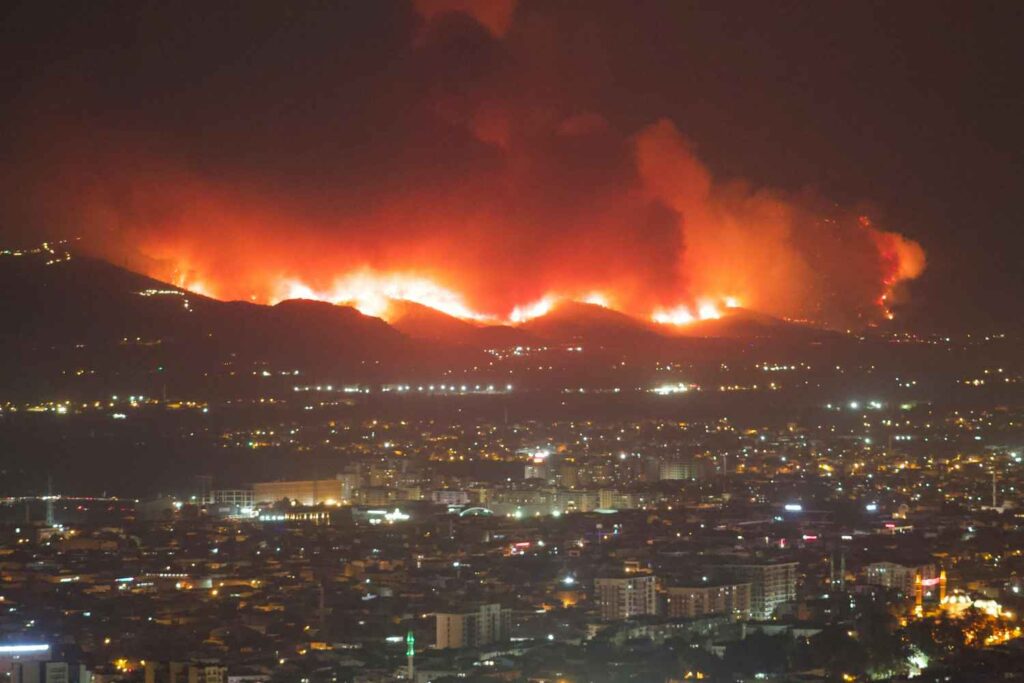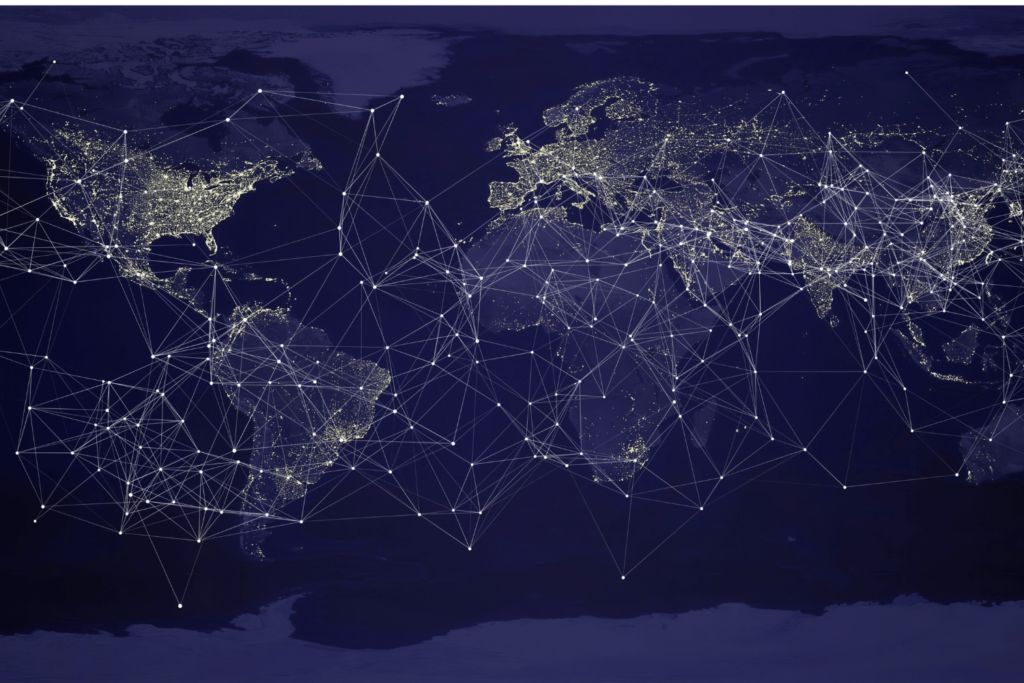Editorial Introduction to the Special Issue on Polycrisis and Systemic Risks
In this article, the authors introduce a special issue of the International Journal of Disaster Risk Science dedicated to the study of polycrisis and systemic risk. Set against the backdrop of increasingly interconnected global disruptions, the issue critiques conventional, linear models of risk and advocates for integrative, inter- and transdisciplinary approaches to analysis, governance, and […]
Editorial Introduction to the Special Issue on Polycrisis and Systemic Risks Read More »










